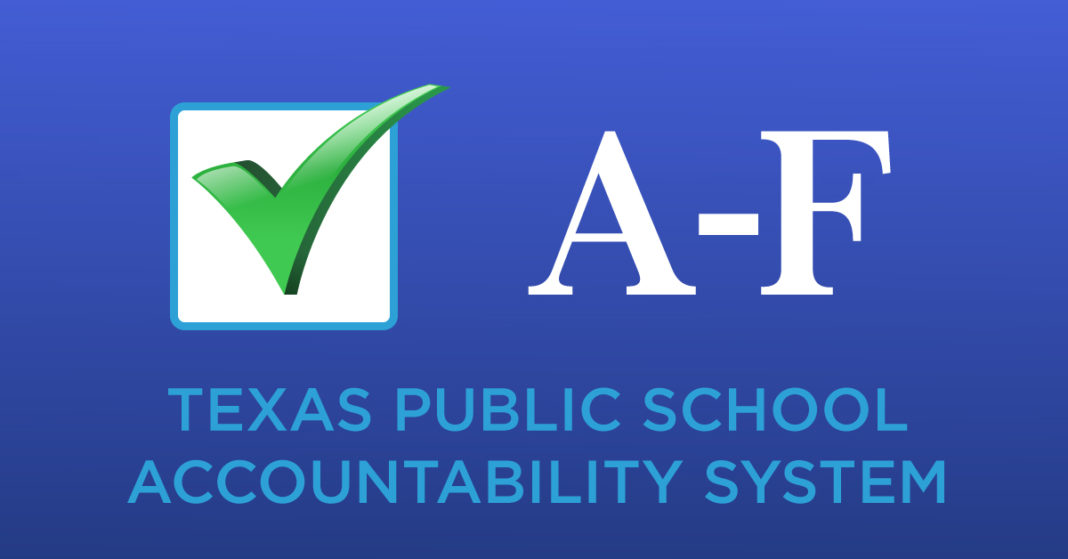The Texas Education Agency (TEA) will release its ratings for the state’s school districts and campuses this week, leaving school administrators anxiously awaiting an A-F letter grade. In August 2018, the agency released the newly designed tiered rating system meant to holistically rate schools and school districts in three designated areas: student achievement, school progress, and closing the gaps.
To understand how the state “grades” schools, it’s helpful to know what each of these areas entails.
Student Achievement—what students know, and what they can do
Measured via: Test scores, graduation rates, college, career, and military preparedness metrics
Student achievement is measured in elementary and middle schools using students’ STAAR test results. For high schools and school districts, the TEA rating is calculated using the following formula: STAAR (40%), college, career and military readiness (40%), and the graduation rate (20%).
- The College Career and Military Readiness (CCMR) includes points for different elements of student achievement. College focus is measured using passing AP scores, meeting college prep course criteria, dual credit completion, and associate’s degrees. Students can also get credit for military enlistment. Career readiness is determined based on students earning an industry-based certification, workforce readiness completion, or graduating with an advanced degree while being identified as a student who receives special education services.
- To get the student achievement domain score, the school needs the percentage of students who go approaches, meets, and masters and the, divide them by three.
School Progress—comparing students to determine where they stand in relation to others and to their own previous performance
Measured via: state exam performance and individual student improvement
School progress is measured by improved performance on state exams and comparisons based on similar districts and campuses. Schools can get credit for meeting or exceeding previous goals.
- If students don’t pass the exam but show significant growth, they still contribute to the success of the rating.
- If students are performing at or above similar schools (for instance, if the school has a 75% economically disadvantaged population and scores above schools in that same section) they can get credit for that in the rating.
Closing the Gaps—looks at different groups of students to find out if they need more focused support
Measured via the following groups: all students, race/ethnicity, economically disadvantaged status, current special education, former special education, current and monitored English learners, continuously enrolled, non-continuously enrolled.
This score is derived from the performance of certain groups of students and their success in academic achievement, federal graduation/growth status, English language proficiency, and school quality/student success. If these student groups reach the achievement targets, the school can get credit for that improvement. This section makes up 30% of the overall rating.
The TEA’s scoring guide chart notes that after calculating each subsection, an average will follow the equation, which leads to the designated letter score:
- 90-100 for an A
- 80-89 for a B
- 70-79 for a C
- 60-69 for a D
- less than or equal to 59 for a F
What do these ratings mean for schools?
Unless a campus is given an F rating, schools and school districts work internally to raise their scores. If a school is graded “F,” the TEA intervenes; five consecutive years of F ratings could result in campus closure or the installation of a board of managers to replace the elected school board.
Failing schools must notify students’ parents/guardians, follow specific directives from the commissioner, and allow consistent visitors and oversight from the agency.
While some education advocates say the TEA rating system is not a good representation of the work education professionals are doing, others stand by the ratings as holistic scoring systems.








